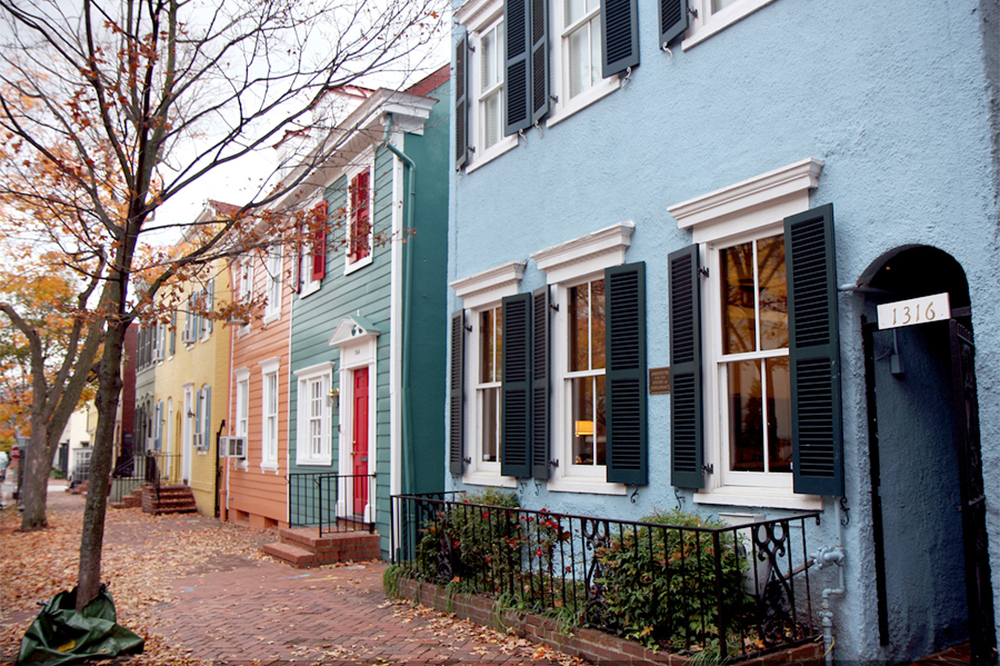
The Georgetown Community Partnership Steering Committee postponed its April 22 deadline to submit a draft of the 2018 Campus Plan to the Washington, D.C. Office of Zoning to July 1.
The Georgetown Community Partnership Steering Committee postponed its deadline to submit a draft of the 2018 Campus Plan to the Washington, D.C. Office of Zoning to July 1 — two months later than its original goal of April 22 — due to unresolved negotiations regarding MedStar and campus housing.
The committee, which comprises administrators, students, community members and Medstar Hospital officials, agreed to submit the completed campus plan to the Office of Zoning in time for a Sept. 1 hearing.
Agreements in which existing campus buildings and spaces can be used for development and the placement of entrances to Georgetown MedStar hospital still need to be reached.
Georgetown University Student Association Deputy Chief of Staff Ari Goldstein (COL ’18), who is responsible for campus planning and helped lead the “Let’s Not Get Screwed Again” petition in 2015 to ensure increased student voice in the 2018 Campus Plan negotiations, said the committee missed the deadline to continue negotiations.
“There are still pretty significant gaps that exist, specifically in housing between different community members and also on MedStar’s plans,” Goldstein said.
According to Goldstein, the original deadline was moved ahead because of MedStar’s new construction plans, which include building a surgical pavilion and a green space.
“The original deadline was July 1, 2017 to submit to the zoning commission. After Medstar voiced their concerns we rushed the process by a year,” Goldstein said.
Goldstein said the goal now is to finish the campus plan by the middle of summer.
“There is a goal of some to finalize the last elements by the middle of this May and continue with our plan to submit this summer,” Goldstein said.
According to Goldstein, the neighbors hope to increase the number of students living on campus. However, Goldstein said the university does not have the funds to create more housing on campus, as it already borrowed $68.4 million to build the Former Jesuit Residence and the Northeast Triangle Residence Hall.
“We leveraged a lot of debt to build the Former Jesuit Residence and Northeast Triangle,” Goldstein said. “There is a goal to house 90 percent of students on campus by 2025.”
Goldstein said some of the issues regarding campus development stem from the university’s lack of funding.
“We are in a large urban area. We are a medium-sized school. Frankly, we have a lot less money than comparable institutions like Harvard or Stanford,” Goldstein said.
The GCP was formed after the 2010 Campus Plan was implemented in 2012 after a lengthy legal battle between several Georgetown resident associations and the university. The Office of Zoning approved the 2010 Campus Plan in July 2012 after more than two years of negotiations between the university and neighbors, which included significant concessions by the university to neighbors, including a three-year on-campus housing requirement for students.
Jack Pelose (COL ’19), a member of the GCP Transportation and Parking Steering Committee Working Group, said the GCP has had a positive impact on relations between the university and neighbors.
“It is important that when the university submits a campus plan the neighbors know that they have been included and that students can be assured that their interests have been heard and prioritized as well,” Pelose said.
Goldstein said the GCP seeks to foster better relations between the community and the university.
“We can work together on it every step of the way so that by the time we submit it, everyone is on the same page,” Goldstein said. “The 2010 Campus Plan took three years to litigate in court. It was a hugely expensive battle for the neighborhood and the university.”
Former GUSA President Joe Luther (COL ’16) said while the university should attempt to balance its obligation to students and respect for the community, students should be the first priority.
“I think the university should try to be a good neighbor to the community, but not at the expense of students or the student experience. Students should always be the university’s priority,” Luther said.
Lily Ryan (COL ’18) said the new campus plan should focus less on building new dorms, but instead aim to benefit on-campus residents in other ways.
“My concern is that the university is putting a lot of money into building infrastructure when there are a lot of places where they could also put their money where students and on-campus workers would be better served,” Ryan said.
Seth Maslowski (MSB ’19) said he opposed parts of the campus plan that would increase the number of students living on campus.
“I think the community can be kind of ridiculous with trying to keep students on campus,” Maslowski said. “I don’t think we should try to make our campus more congested than it already is.”




















